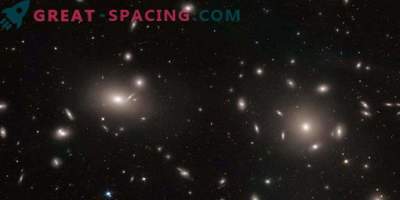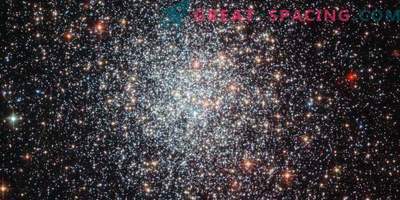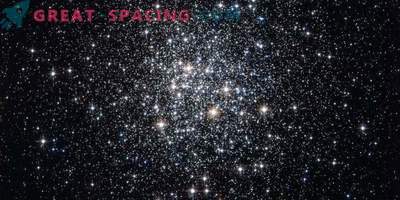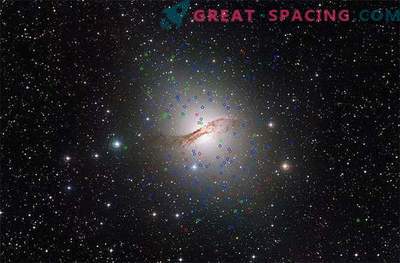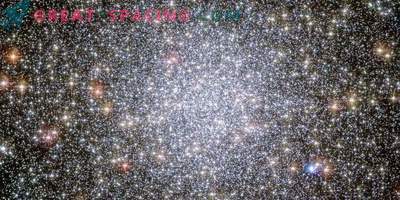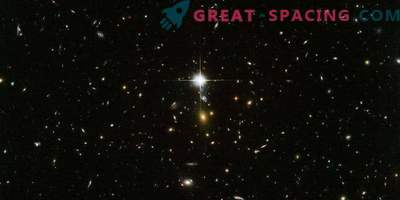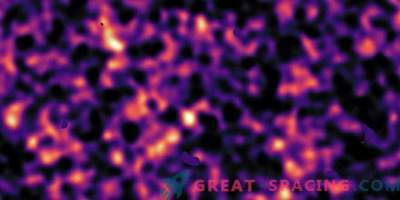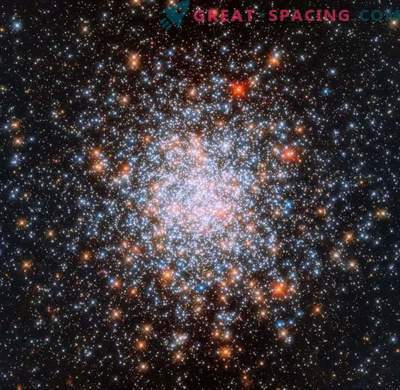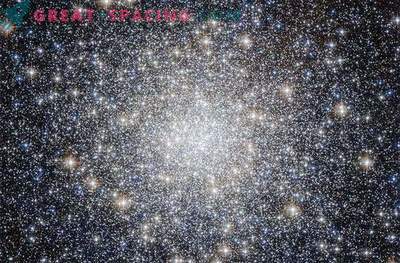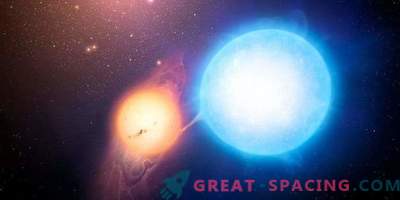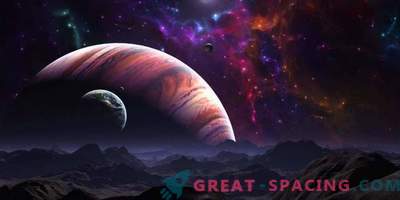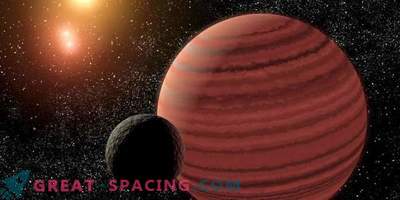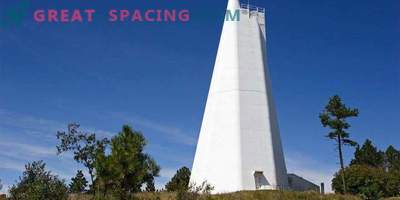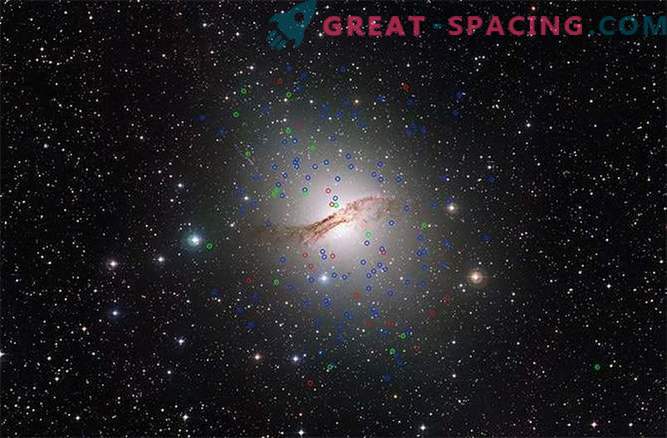
This huge ellipse-like galaxy NGC 5128 (Centaurus A) is the closest galaxy to Earth (approximately 12 million light-years distance). Observation from the Big Telescope at the Chilean Observatory made it possible to detect the existence of an unknown class of “dark” star clusters around this galaxy. In the picture they are marked in red. Normal globulars are marked in blue, globulars are colored green, which show properties similar to dwarf galaxies.
Astronomers who have studied the spherical star clusters orbiting the giant elliptical galaxy NGC 5128 came across a fascinating discovery - clusters (star clusters) around this galaxy are too massive.
What does it mean? It is possible that each of the dozens of studied clusters contains dark matter, or even hide a huge black hole. Unfortunately, not one theory has yet been proven.
Globular star clusters connect thousands of stars into ensembles that can be found in the orbit of galaxies such as the Milky Way. The study of such clusters will help humanity to learn the history of the evolution of such galaxies, how their stars developed. "Globular clusters and their compound stars are the keys to understanding the principles of galaxy formation. For many years, scientists thought that the stars that make up this globular cluster have the same age and composition - but now we know that they have huge differences and are more complex objects than we thought, "said Matt Taylor, lead author of the study and graduate student at the Pontifical Catholic University in Santiago, Chile.
Using all the capabilities of the Big Telescope at the Chilean Observatory, Taylor and his team studied 125 of the 2000 globular clusters in orbit around Centaurus A and draw conclusions about their masses. As a rule, the mass of a globular cluster is recognized by measuring its brightness - the brighter the cluster, the more stars it has and the more massive it is.
As expected, for most of these clusters, the mass-brightness ratio turned out to be correct. But nevertheless some strangeness were revealed: some of the clusters were massively more massive than could be judged on the basis of brightness. In addition, in some massive clusters, part of the space was darkened.
Naturally, scientists suspicions fell on the fact that these clusters simply accumulate dark matter. However, such globular star clusters should not contain such an amount of invisible matter. Perhaps the fact is that these islands of stars have massive black holes in the nuclei, or the dead remains of other cosmic bodies (for example, the burnt elements of neutron stars)? At the moment, this question remains a mystery. "Our discovery may contain hints of the existence of several varieties of globular clusters, with different reservoir histories. Obviously, some clusters look like ordinary clusters, but they can actually be much larger in size than they seem," added co-author Thomas Puzia also working at the Pontifical Catholic University de Chile.
To broaden the search, researchers will conduct surveys of other globular clusters, hoping to find more mysterious “dark clusters”.
"We found a previously unknown and mysterious class of star clusters! This shows that there are still many unexplored aspects of the formation of globular clusters. The data we obtained is very important, therefore, now we just have to find more dark clusters in other galaxies," Taylor concluded.
